I expected my second trip to the Greensboro History Museum to be somewhat similar to my first encounter with the space- dull and lacking color. The building itself is interesting, it curves unlike many other buildings I have been to before, the entry way has a beautiful open space with plenty of potential, and it has an exposed spiral staircase to lead you from each floor to the next, depending on which way one may chose to go. I walked in, greeted the front desk attendee, and signed in, and turned around wondering which way to go next. I decided to begin my museum tour by checking out the preview of the Jewish exhibition located in various boxes around the lobby. After quickly skimming through the small glass exhibits with little idea what I was looking at and which direction to look at it, I found myself standing at the bottom of the iron spiral staircase wondering which floor to start on. With little idea I climbed the staircase to the third floor, and began my tour with the Jewish exhibit, Down Home.
 |
| Down Home- Cabinet of Curiosity |
Down Home- Walking into the Down Home exhibit, and glanced around the gallery wondering which case or display to begin my educational journey. I began at my far left, where there was an interactive display, playing a simplified version of I-Spy. I walked around more of the exhibit, and found the large amount of interactive displays really interesting, inspiring me to really look at each display and drawing me in. From the interactive stove that talked when you opened the front door, to the interactive traditional Jewish recipe holder that would let you send the recipes to your email, the displays were intriguing to child and adult viewer alike. The informational panels were easy to read and relevant to the display it was describing. Two things I really enjoyed about the space were the dress up area in the right back corner of the display, and the cabinet, filled with various goods via Elsewhere Collaborative. The dress up corner was yet another interactive display, with clothes large enough for adults and access short enough for a child, my friend and I found ourselves playing amongst the dress up clothes. The cabinet reminded me of what I would think of as a cabinet of curiosity. The cabinet was an old armoire with various clothing, jewelry, and other accessories sprinkled throughout it, with a Plexiglas cover, so that the viewer could look into the display as it would have been in a traditional Jewish household, but the display can be by many people without being disturbed. The armoire, along with a similar dresser with drawers pulled out and encased in Plexiglas, act as a great way to display cool artifacts using used furniture and a little DIY. From the Down Home exhibit I walked across the terrace to the Gate City display.
 |
| Gate City- Pharmacy |
Gate City- I opened the double glass doors leading to the Gate City exhibit and walked into an old hotel. To my left was a telephone room, filled with three large booths with telephones and large gold buttons scattered on the face of the booths, which I later learned to be a telephone exchange room. To my right was the hotel check-in desk with a cardboard hotel employee filling the space behind the desk. I took a step forward and a voice filled the room explaining some history of Gate City. Walking though the second set of glass doors, I found myself in a square in the middle of town. To my left was a theater, beside that a pharmacy, to my right a firehouse, and beside that a schoolhouse. A large tree and weathered benches sat in the middle of the town square. I wandered through the theater and found myself in the pharmacy. Made to look straight out of the early 1900’s, the drugstore was interactive, in that children could put the “drugs” on the counter that the recipe on the table called for. The room was decorated with large glass cabinet displays, making the room look seemingly accurate of what an early 1900’s pharmacy. After leaving the pharmacy I walked past the old car in the corner, and found myself walking into the schoolhouse. The school, began by the Aunt of Mr. O’Henry, is based on a real schoolhouse, which she began in the front parlor of her house until there were so many children, she had to build a separate school altogether. The schoolhouse bell rang and the teacher called the class to order, almost convincing, except the flat cardboard cut out at the front of the class room casting an odd flat shadow on the wall behind. Beside the classroom was a firehouse display with an original Greensboro fire wagon. The display had a few interactive elements, but was confusing when a friend reached up to touch something on the wall that was not marked ‘Do not touch’ and was promptly approached by a museum employee. We found ourselves leaving the Gate City exhibit into a staircase reminiscent of the church before the museum.
 |
| Voices- People behind the voices |
Voices- Walking down the odd church reminiscent staircase space, I wondered why the entry space was not utilized, and why the informational desk was also not utilized. Before entering the exhibit I found myself wondering where the transition from exhibit to exhibit was; where the common theme of the museum showed up to unify the exhibits. I entered the Voices exhibit, surrounded by stories and quotes lining the walls, leading you in, bringing you to the voices. The first room I entered was a room full of faces. The faces are examples of people behind the voices; people with stories; people like you and I. I walked farther into the exhibit, pressing random buttons here and there, hearing the voices and the stories. Every person had a different story. The mix of artifacts was very eclectic and changed from decade to decade as we walked later and later into time. Seeing a large scale loom, part of the Woolworth counter, and an exhibit dedicated to the schools that make up Greensboro’s community were very interesting and made Greensboro more of just a place I’m going to school. I think the Voices exhibit made me recognize Greensboro as a place to grow and a place to call home. After a fifteen-minute stroll through the curving winding walls of the Voices exhibit we found ourselves in the museum gift shop. The shop was quaint and full of sparkly eye catching things. Though a cool shop, I think the products in the shop could relate more directly to Greensboro, and the museum itself. We walked through the back door leading to the cemetery and walked through the secret cemetery behind the museum. The cemetery is obviously old, and filled with people who lived long ago, and probably contributed to the museum. In the cemetery lay members of the O’Henry clan, as well as various other important people from the mid 1800’s in the Greensboro area. You can still see confederate flags decorating some of the grace sites, as families pay tribute to the ancestors before them.
 |
| Period Room- Dining Room |
Period Rooms and Pottery- We finished our loop through the secret-gardenesque cemetery and walked back through the gift shop to the Period Rooms and Pottery Display. The period rooms were some of my favorites, with the rich, decadent wall paper and ornate furniture, the displays made me want to know the people who inhabited the spaces at that time. I found the jars very beautiful, but overpowered by the intricate detail put into each of the period rooms. I yearned for more sound after the other exhibits spoiling me with wandering sounds as I made my way through the displays. The most interesting thing about the period rooms was the attention to color and furniture. The rooms are all very well preserved, looked more attentive to detail than that of the rooms in Monticello at Thomas Jefferson’s house. I thought the trim and casing around the pottery was a little loud with a wood color, when it was surrounded by white and filled with a small variety of color pots. The lighting for the pottery worked very well and showcased the pottery nicely. The lighting in the far left parlor room amongst the Period Rooms seemed a little dim and left me a little in the dark-literally.
Overall I enjoyed my experience in the museum. The exhibits inspired me to combine ideas form all of the displays and bring them together in the lobby. The museum needs something to unify all of the spaces and I think I know just what it needs.







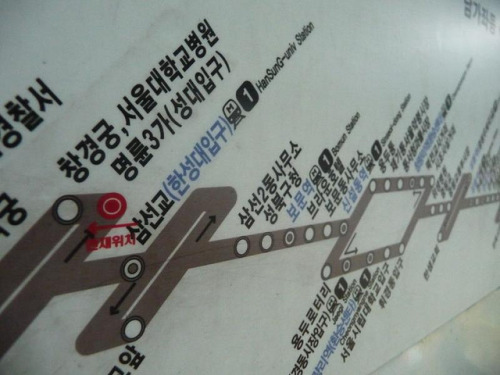

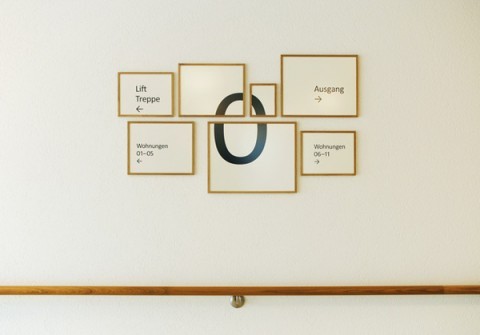
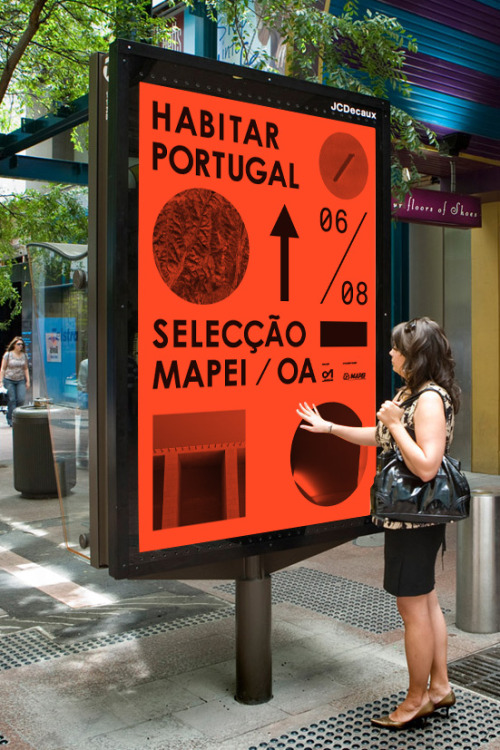
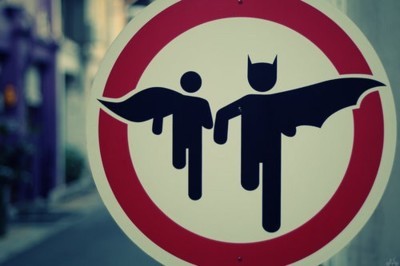

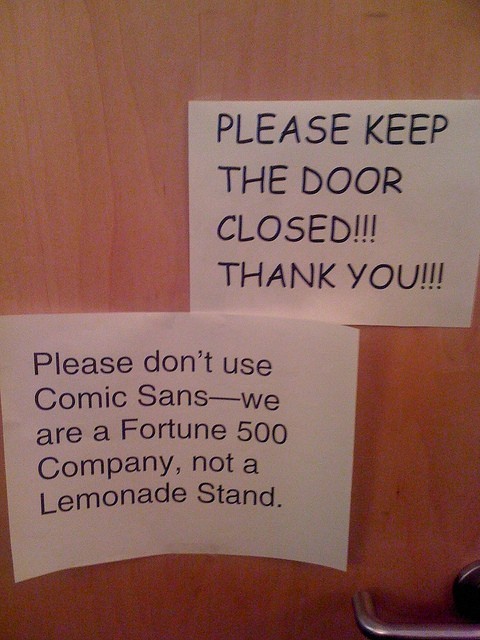



 Guilford County is a county full of people from here, there, and everywhere around. Named for Major Nathaniel Greene, following his commander role in the battle at Guilford Courthouse in 1781, the town was established close to the center of Guilford County and was named Greensboro. In 1840 Governor Morehead selected Greensboro as the location for a new rail line.
Guilford County is a county full of people from here, there, and everywhere around. Named for Major Nathaniel Greene, following his commander role in the battle at Guilford Courthouse in 1781, the town was established close to the center of Guilford County and was named Greensboro. In 1840 Governor Morehead selected Greensboro as the location for a new rail line. The Southern Railway depot was built in 1927 and can be found around the corner from downtown Greensboro. The station itself was built by the New York Architectural firm Fellheimer and Wagner. The depot houses waiting rooms for departing passengers, as well as local, regional, and interstate bus services. At it's peak in the 1940's one could see as many as 40 passenger trains coming through Greensboro in one day. The station has been used as a transportation hub for many years, but faced a few years of solitude when the depot was closed due to need of renovations in 1979 and the depot was donated to the City of Greensboro. In restoring the depot, reconfigurations were made to portions of the track near the original station, a new baggage tunnel was built and the existing passenger tunnel was extended. Platforms and canopies for the depot were also added for passenger convenience. The update did well for the depot as it is now a fully functional train and bus hub that brings many people in and out of Greensboro on a daily basis.
The Southern Railway depot was built in 1927 and can be found around the corner from downtown Greensboro. The station itself was built by the New York Architectural firm Fellheimer and Wagner. The depot houses waiting rooms for departing passengers, as well as local, regional, and interstate bus services. At it's peak in the 1940's one could see as many as 40 passenger trains coming through Greensboro in one day. The station has been used as a transportation hub for many years, but faced a few years of solitude when the depot was closed due to need of renovations in 1979 and the depot was donated to the City of Greensboro. In restoring the depot, reconfigurations were made to portions of the track near the original station, a new baggage tunnel was built and the existing passenger tunnel was extended. Platforms and canopies for the depot were also added for passenger convenience. The update did well for the depot as it is now a fully functional train and bus hub that brings many people in and out of Greensboro on a daily basis.





























